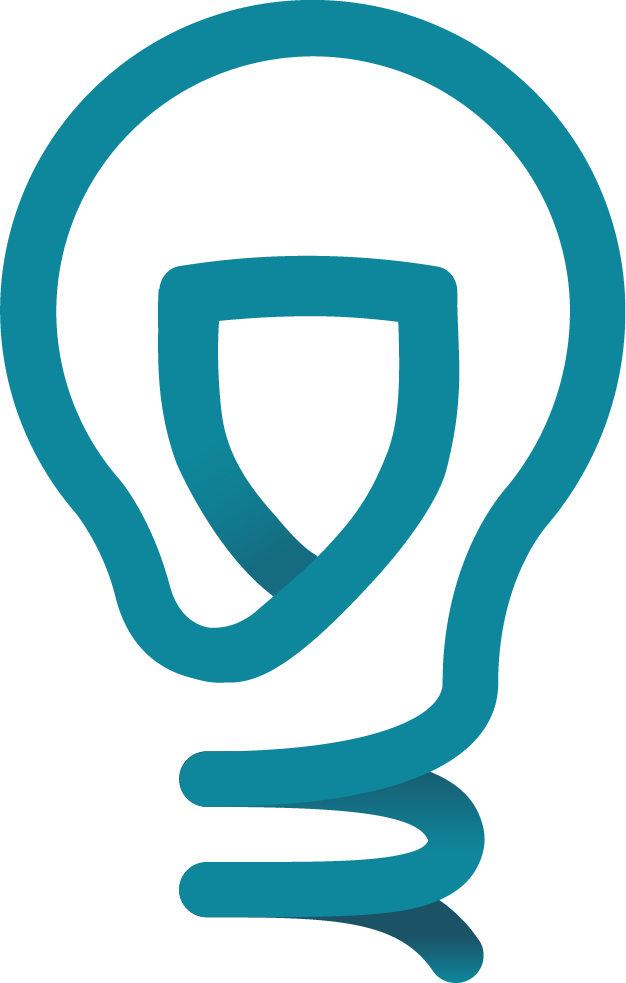Andrew Lu: Why Community Matters
In “Four Ideas You Already Agree With,” Sam Deere argues a case for effective altruism based on tenets that seem to make sense on face value.
One is that it is important to help others. This one seems pretty intuitive or generally agreed upon. Another — helping more is better than helping less — naturally follows. And it is relatively clear from any understanding of economics that a third point — resources are limited — is likewise also given. And while Sam Deere presents a fourth point, with a headline that all people are equal (a value established as far back as the Declaration of Independence and further), the connection to effective altruism is less convincing.
The sentiment that all people should be equally considered for contributions and help is reasonable. In wanting to maximize effectiveness, the best possible outcome should be the ultimate decision. Yet, effective altruism needs to likewise take into account the impact of community. Measuring effectiveness of an action in its current approach is short sighted and as a result neglects the long-term benefits and results of building a community.
As New York Times columnist David Brooks puts in his critique to effective altruism, “a human life is not just a means to produce outcomes, it is an end in itself. When we evaluate our friends, we don’t just measure the consequences of their lives. We measure who they intrinsically are. We don’t merely want to know if they have done good. We want to know if they are good.”
Community is the product of years and years of relationship building, where the synergy of multiple individuals enables the exponential growth of one another. Current effective altruism calculates the single, one-time impact of an action.
Statistical approaches, such as Disability-Adjusted Life Years (DALYs), are simply unable to calculate any longer-term consequences. Take for example, a scenario where someone’s mother/father has a sickness that can be treated for x number of dollars. Under the all lives are equal effective altruism approach, if there is another patient with an expected lifespan greater than that of one’s mother/father with the same disease, the money would be better spent on that person (maximizing DALYs). Yet, in most cases, it seems morally and intuitively much more reasonable to spend the money on one’s mother/father, as it either leads to further synergistic benefits or prevents loss from grief.
A world in which no one has an obligation to support those immediately around them is a community that will falter and collapse. Why fund any public services, if a fraction of the money spent can save multiples more lives in distant regions? Community, in essence, helps to grow the economic and social “pie”over time for the future, instead of dividing it up efficiently for immediate present use. It helps to create the stability of knowing that one’s neighbors and one’s friends have their back. When such a basis is established, greater levels of altruism can be achieved.
